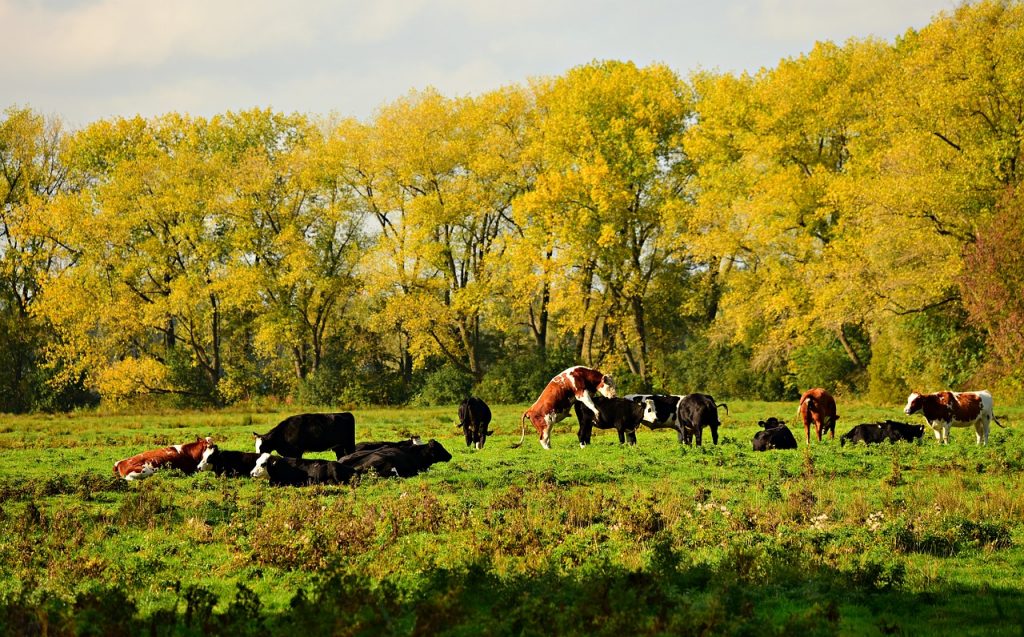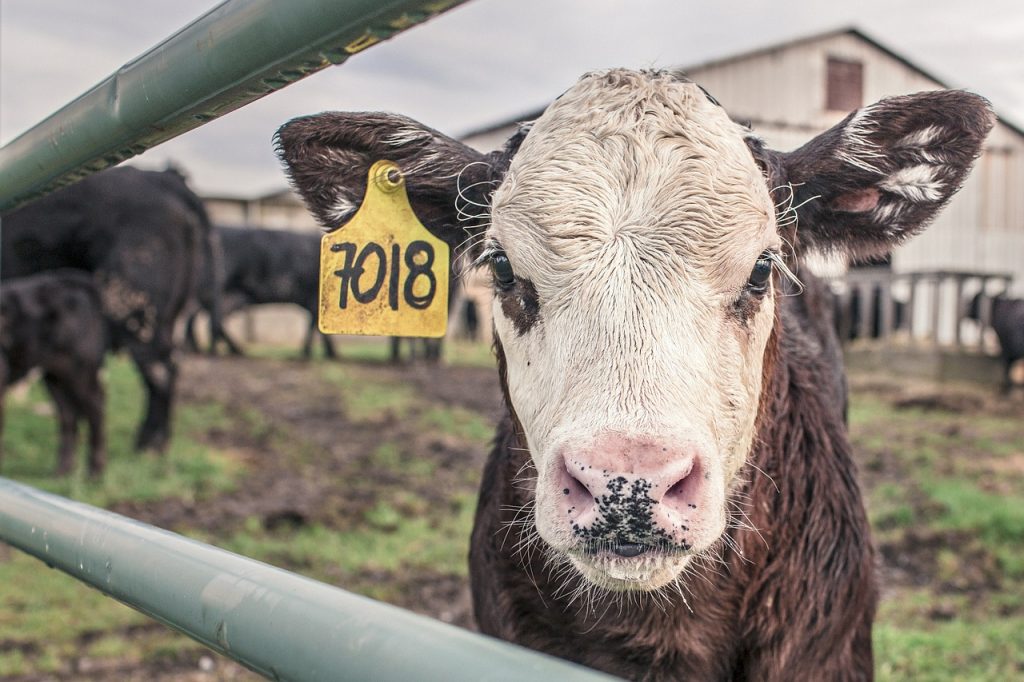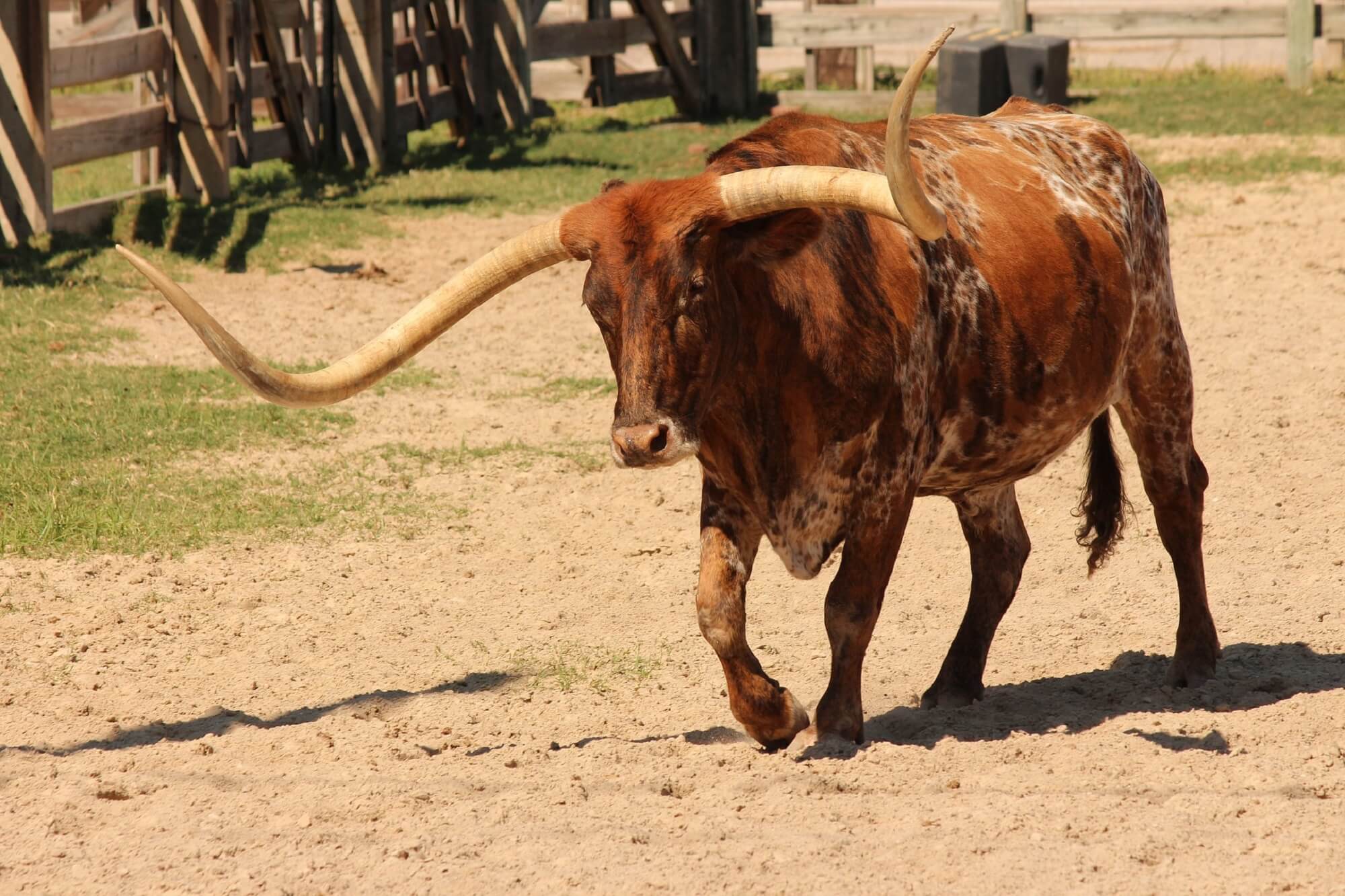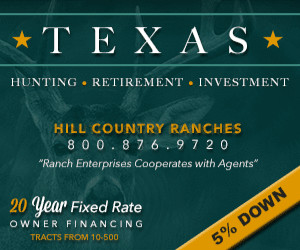Say cattle ranching and most people still picture cowboys and big open fields. While this is for the most part still the same in smaller businesses and ranches, the most profitable cattle ranches have grown into huge corporations and technical industries focused on efficiency and the bottom line.
The history of cattle ranching from past to present day is lost to even many knowledgeable Texans.
Brief History: Spanish Cattle, Wars, and More
The history of Texan cattle ranching from its beginning to its present is both a fascinating and spontaneous adventure, all starting with Christopher Columbus’ introduction of Spanish cattle to Santo Domingo, now known as the Dominican Republic.
Mexico soon picked up on the cattle business, which then led to After Texas became independent in 1836, the Mexicans abandoned much of the cattle left there, leaving the Texas farmers to cultivate the cattle for their hides and tallow. After more ups and downs, war and strife, cattle ranching really began to take hold.
Cattle Ranching Today in Texas
Many doomsday persons predict that cattle ranching as a business is dying in Texas because of the increasing costs of both land and cow. This is both true and not true.
Small ranching cattle businesses without a steady stream of consumers or an efficient meat and milk to table production system are dying, but beef always has and always will be both a luxury and necessity for many.
As Burke Teichert explains in Beef Magazine, even small cattle ranches with 100 cattle or less can still be successful to some degree if overhead costs are reduced and gross margins and turnovers improved. Calving in season is just one way to help reduce overhead.
Cattle Ranching in the Lone Star State: How Do You Begin?
Cattle ranching is not for the faint of heart; it takes planning, dedication, and determination to run a good and holistic business.
Here are the preliminary steps to getting started (assuming you already have land purchased and have configured how much you will need per cow):

A Solid Business Plan
As Heritage Land Bank explains, the foundation of any good business is a solid business plan. Like most business plans, this will include a summary of your overall plan and vision, description of your business goals and product, marketing plan to get your beef to consumers, operation and production costs, and a balance and cash flow sheet.
If like most ranchers, you are going to be taking out a loan, you may need to present your business plan to the loan officer or angel
Network, Network, Network
Having a few friendly connections with fellow cattle ranchers is essential if you are new to the field. From experience with the market to production costs, their advice is invaluable.
Start Small
Do not overload your plate or strain your finances too much. Start small and scale your way from success to success.

Conclusion
Cattle ranching is sweat and blood rewarding work. Even if it is not the field you are planning to go into, respect those who worked hard for that juicy grass-fed burger you’re about to bite into.





